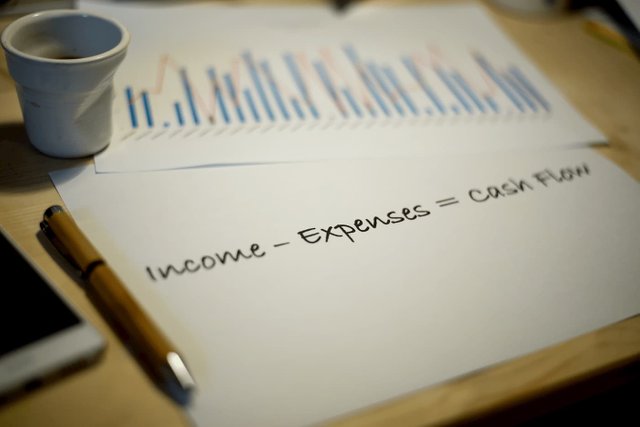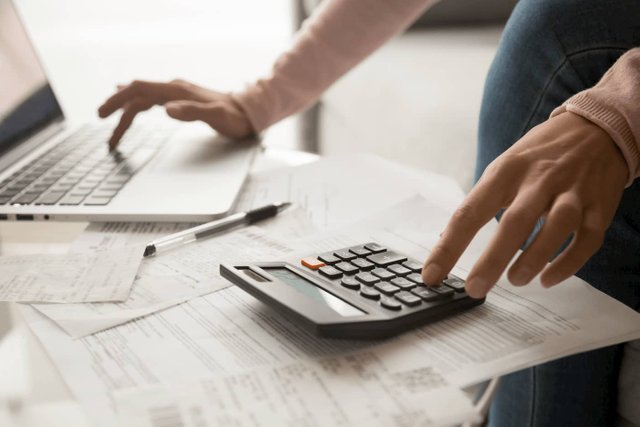Increasing rental property cash flow doesn’t have to be a head-scratcher. There are many opportunities for you to do it, ranging from refinancing and investment strategies to raising rent and adding additional revenue streams.

1. Increase Rent
If you charge more rent, you make more money. Simple! Not quite. You need to research the rent in your area and see how much less rent you’re charging relative to comparable properties.
If an increase is reasonable, make sure not to do it during the holidays or a special occasion for your tenant like a birthday or anniversary. That sort of consideration is exactly the sort of gesture that makes tenants feel appreciated and, therefore, more likely to resign their lease.
2. Add Amenities and Upgrades
Home improvements that add value to your rental property are a great way to justify a rent increase. Some improvements can also make for an easier rental property turnover. For example, carpet is hard to clean in between vacancies, so if you replace it, you save yourself some hassle and make your space nicer.
Don’t put off upgrading an appliance until your tenant moves out because if you install the appliance while your current tenant still lives there, they’ll get to enjoy it, giving them more reason to renew their lease. The same goes for big, one-time replacements like getting a new HVAC unit.
Finally, some upgrades can also keep you from facing surprising liabilities. For example, if a landlord knows of crimes that have occurred on or near the property and fails to take the necessary precautions, the landlord can be liable for future crimes. Installing a security system and keyless entry are just two added amenities that will protect your property and tenants while adding value to your property.
Code boxes or smart locks are both examples of keyless entry, which make for easier rental property turnover because all you have to do when you get a new tenant is change the code. You also never have to worry about lost keys.
3. Create Additional Revenue Sources
You can have coin-operated laundry or vending machines if you operate an apartment complex, but additional storage is an easy way to generate even more income. This could be storage for bikes, cars, a shed, or even a wine cellar or wine refrigerator.
You can also consider an accessory dwelling unit (ADU). An ADU is an additional structure on land that already has a main building. An ADU has a private entrance of its own, kitchen, bathroom, and living space; everything a tenant could need. It’s a way to generate additional income by serving as a long-term rental, studio/office, or Airbnb.
4. Furnish the Space
You can get upwards of $200 more per month by furnishing the space. This may be ideal for short-term renters, divorcees, those new to the country or area, or for someone who just doesn’t want to buy furniture.

5. Try R.U.B.S
R.U.B.S. stands for ration utility billing systems. It’s a way to bill utilities by dividing up 100% of all the utilities your building takes amongst your tenants based on factors like square footage. This will reduce the amount a landlord contributes to the building’s overall utilities.
6. Decrease Your Rental’s Operating Expenses
Making upgrades to your home that add value while decreasing your expenses is a good idea. Adding insulation can reduce heating costs, as can better windows. A new HVAC system can also save you money. Maybe instead of lawn care, you can consider an alternative like parking, more storage, a tennis court, or an ADU.
7. Try the BRRRR Method (Or Scale Your Portfolio Another Way)
BRRR stands for buy, rehab, rent, refinance, repeat, and it’s a popular investment strategy. You buy a property for below market value, fix it up, rent it, refinance (and perhaps do a cash-out refinance so you have more money), and then you buy another property and repeat the process.
One of the benefits of BRRRR, or any strategy to scale your portfolio, is economies of scale, which is when you’re able to leverage having many properties during negotiations to get better deals on labor and materials.
8. Refinance Your Home
Speaking of refinancing: if you refinance your loan, you can get better terms and, as a result, make smaller interest payments over time, which will increase your cash flow.

9. Snowballing and All Cash Rental Purchases
Snowballing and all cash rentals are two of the six most common real estate investment strategies. They’re actually very similar. Snowballing is pooling all your income to pay off your rental properties’ debts one by one.
All cash rental purchases entail pooling all your income to purchase a rental property outright without any debts. The result is the same: your rental property income is greater because you’re paying less interest. And with more equity in your homes, you can scale your portfolio more efficiently.
10. Invest in Class C or D Properties
To improve your cash-on-cash return (CCR), which is the measure of how much cash your cash makes you, you could invest in Class C or Class D properties. These properties are more affordable because they’re less desirable.
They may be older, require significant repairs, are less likely to appreciate in value, have a higher tenant turnover, and come with other drawbacks. However, Class C or Class D properties can generate improved CCR because they’re so much more affordable.
And if you happen to find a neighborhood in an area that’s experiencing revitalization, then you may have a great opportunity on your hands!
11. Invest in States with Zero Property Taxes and A Low Cost of Living
Some states have property taxes so low that real estate investors just call them “states with no property taxes.” If you invest in one of these states, make sure it’s also a state with a low median home value.
Both Hawaii and Alabama have low property tax rates, but the median cost of a home in Hawaii is $587,700 vs. $137,200 in Alabama. Also, consider a home where the cost of living is low so that it costs less money to repair, maintain, and upgrade your home.
12. Follow the Law and Be Prepared
Finally, don’t just focus on increasing your rent. Make sure you minimize vacancies and overall risk, maximize re-signings, maintain your property, and don’t do anything that might get you sued!
You can do this in a number of ways:
- Screen potential tenants well
- Build a positive relationship to maintain the best tenants
- Practice fire prevention
- Perform seasonal maintenance
- Prevent common lease violations
- Be prepared for early terminations
- Understand evictions
- Invest in landlord friendly states
Bottom Line on Increasing Property Cash Flow
The good news about increasing rental property cash flow is that all the steps you’d take are things you’d be doing anyway as a landlord or property manager. You just have to do them with increasing rental property in mind!
These steps will even make the work easier.